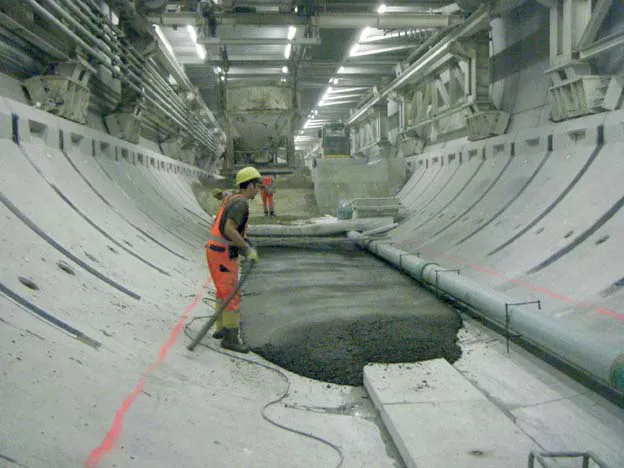Over 2,000 vehicles have failed Ireland’s National Car Test (NCT) so far during 2012. All of these vehicles and were taken off the road for not meeting basic safety standards, according to data from Ireland’s the National Car Testing Service (NCTS). The data shows that 2,349 vehicles failed because they were classed as dangerous. Almost 300,000 vehicles, more than half of those tested between January and July, failed the first test and had to return for a retest.
November 12, 2012
Read time: 1 min
Over 2,000 vehicles have failed Ireland’s National Car Test (NCT) so far during 2012. All of these vehicles and were taken off the road for not meeting basic safety standards, according to data from Ireland’s the 6863 National Car Testing Service (NCTS). The data shows that 2,349 vehicles failed because they were classed as dangerous. Almost 300,000 vehicles, more than half of those tested between January and July, failed the first test and had to return for a retest. Nine out of every 10 cars passed the retest. Vehicles are considered dangerous by the NCTS if they have a defect that constitutes a direct and immediate risk to road safety.








